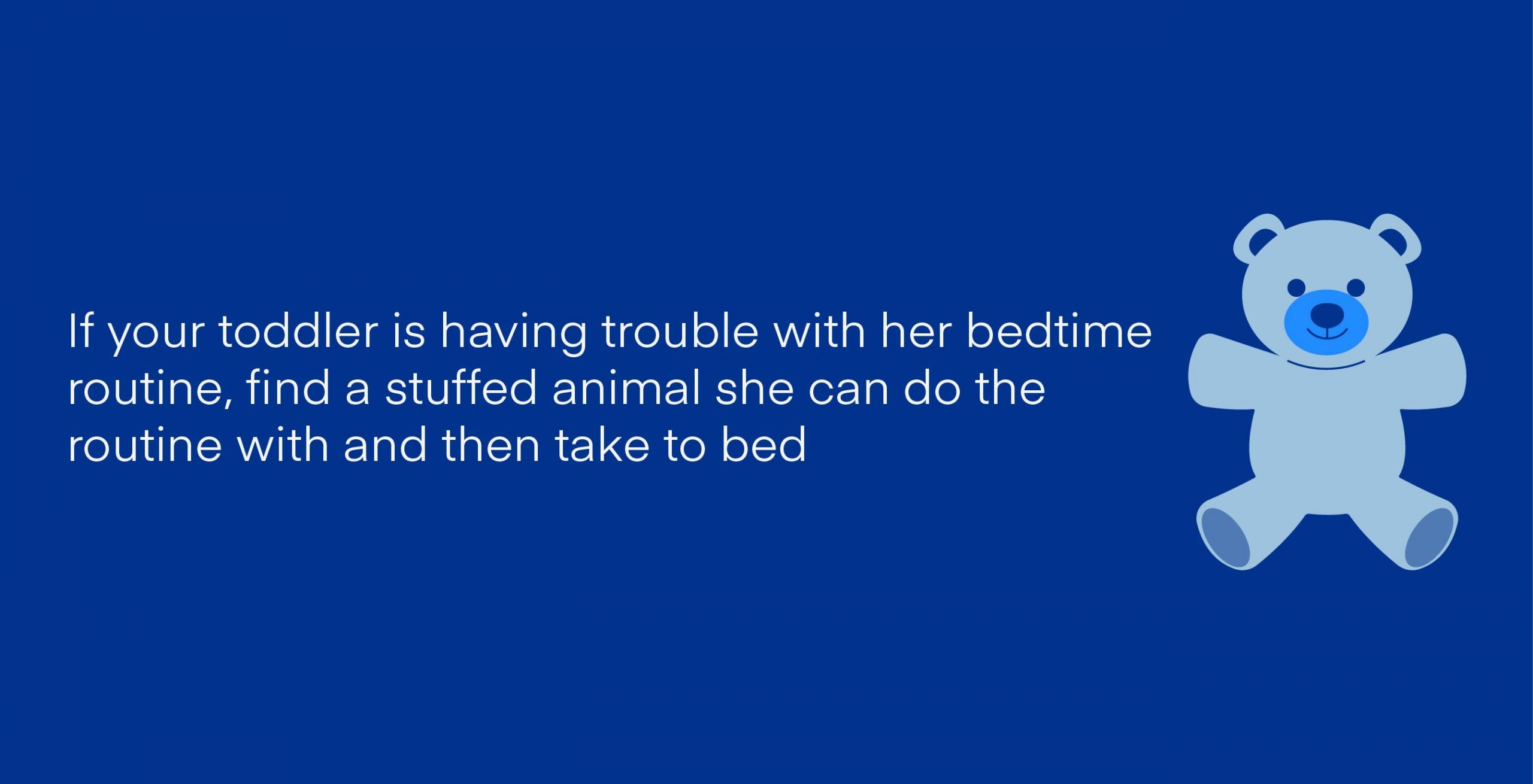Key Takeaways
- Establishing Good Sleep Habits: Implementing calming techniques, like meditative breathing, and encouraging daytime practice can help toddlers ease into bedtime routines and foster healthy sleep habits. Simple practices can have a significant impact on their ability to wind down and fall asleep.
- Prioritizing Bedtime: Setting an appropriate bedtime that aligns with your child’s sleep needs is crucial for their well-being and emotional balance. An earlier bedtime can prevent overtiredness and contribute to a smoother bedtime routine, reducing both tantrums and resistance.
- Consistent Bedtime Routine: Implementing a consistent bedtime routine can help toddlers feel a sense of control and comfort before sleep. Following a set pattern, such as dessert, bath, teeth brushing, prayers, and a story, can create a structured environment that prepares them for a restful night’s sleep.
It’s no secret that little ones are masterminds at finding ways to stay up past their bedtime.
You might feel like you need a heart of steel to say no when your cutie pie is begging for one more story or one more back tickle. Still, toddlers need up to 14 hours of sleep a night for healthy growth and development. And parents need some time off the clock each night in order to stay sane.
So how can you get your tot to bed on time without (too much) of a struggle? Here, three moms share what works for them.
1. Practice Good Sleep Habits During the Day
What do you do as an adult to help you fall back asleep? Somewhere along the way, you developed a trick—and I bet that most nights it works. Sometimes, I practice meditative breathing: Breathe six counts in, hold it six counts, breathe six counts out, hold it out six counts.
Kids can start with three counts and work their way up. Even 18-month-olds can learn to do belly breaths by placing a pillow or stuffed animal on their stomach and practice watching it go up and down.
All these techniques can be practiced in the middle of the day where you are there to guide them through it. You can set them up for success by asking, “If you need help falling asleep, which technique are you going to use?”
-Elisabeth Stitt is the founder of Joyful Parenting Coaching.
2. Set an Earlier Bedtime
If your child needs to be up by 7:30 AM to get through your morning routine and be out the door on time, she probably should be sleep by 7:30 PM. That means you need to start bedtime at 7:00.
That might seem early, but consider this: If your child is cranky and having tantrums, it’s probably because she’s overtired. Not only will being overtired make it harder for her to fall asleep quickly, but the time you spend together is going to be tense and stressed.
If your child is cranky and having tantrums, it’s probably because she’s overtired.
If your child is a really solid napper and sleeps for two to three hours during the day, you might be able to do a later bedtime. But if you have a child like mind—who was down to a one-hour nap after lunch by 18 months—you are going to need to protect her nighttime sleep.
-Elisabeth Stitt
3. Have a Firm Bedtime Routine
Toddlers hate bedtime, so they might try to negotiate with you. But you can’t let them. If they sense any hesitation on your part to stay firm on bedtime, they’ll take advantage by asking endless questions.
My toddler is no different. To counter his tactics, I run bedtime the same way every night: Sweet treat for dessert, bath time, teeth brushing, jammies, prayers, and a story—in that order, every single time.
I’ve found that routine helps him feel like he has some measure of control over bedtime. Which I’m fine with, as long as he goes to sleep!
-Latasha Kennedy is an actor, writer, producer, and mom to two rambunctious and adorable boys.
4. But Don’t Make it Too Involved
Be aware that a too-long list of bedtime rituals makes it hard to go through the entire routine on nights when you get home late or you’re short on time.
For my kids, bedtime was changing into pajamas and one story that would never end. Changing into pajamas and reading a story was done with lower lighting to create a calm mood.
As for tasks like taking a bath? They can be on a list I call “Before bedtime tonight, we have to…” That way, it’s not officially part of the bedtime routine. So on nights when you just don’t have time for a bath, you aren’t actually changing the bedtime routine.
-Elisabeth Stitt
5. Find a Favorite Lovey

If your toddler is having trouble with her bedtime routine, find a stuffed animal she can do the routine with and then take to bed. Have your child perform each step of the bedtime routine on the lovey, like put on pajamas. Then you do the same step for your child.
It’s easy to forget how hard it is to be a kid, when everyone makes your choices for you. This gives toddlers a sense of responsibility, independence, and control—and can help her feel better about bedtime.
-Jacqui Zadik is the founder of the lifestyle and parenting blog Mrs. Muffintop.
6. Remember, you can do this.
Your child may try tactics from tantrum-throwing to begging for extra hugs. My two-year-old currently stomps his feet while declaring, “No go bed now!” After a long day, it can be hard to not snap back with, “Yes, you are!”
Instead, I take a deep breath, and give myself a quick reminder that I can dip into my secret stash of chocolate/binge on a Netflix show/take a hot bath later. Then, I can muster enough patience to calmly say, “Everyone is going to bed, just like you. I love you, and we can play with ____________ tomorrow.”
-Jacqui Zadik
FAQs
Is it too late to sleep train my toddler?
Is your toddler constantly getting out of their crib in the middle of the night when they should be sleeping? Though you may think it’s too late, you can train a toddler to sleep train. Though sleep training is definitely easier when children are infants, it’s not impossible to start later. The pick-up/put-down method, which involves staying in the room until the child is asleep and slowly giving them independence over time, typically works best for children ages 12-18 months.
How long does sleep training a toddler take?
It depends on the method you use. Typically the “extinction,” or cry it out method, is pretty fast, but it can be difficult to power through the crying and stubbornness for those first few days. The pick-up/put-down method is “gentler” to some, but it can take a little longer.
How do I teach my toddler to self-soothe?
Let’s go over the most common sleep training methods. First, there’s cry it out (CIO), also known as extinction or the Ferber method. With this method, you put your toddler down to sleep each night and close the door. You do not go back in the room at all. The first few nights of this will be rough for most, especially as your toddler has to learn to become independent quickly. However, for most people, this method only takes a few days and in that time, they learn how to self-soothe.
With the pick-up/put-down method, you practice self-soothing with your toddler. Sit close to your toddler’s crib each night while they fall asleep. If they cry, offer reassurance. Each night, practice moving farther away from the crib so they can learn to self-soothe alone. After a few days, you can leave the room for a few minutes, gradually increasing the intervals of time you leave until you can completely leave your child’s room.
Is there a sleep regression at 2 years?
If your child seems to be resisting naps or having a hard time going down for bed at night, they could be experiencing a regression. Child sleep is important to their development, but it’s normal for them to experience regressions every once in a while. Infant sleep patterns can and do change over time and there’s usually a period of upset until they settle back into a routine..
Just stick to their schedule as much as possible while providing the needed independence and comfort.
Should I keep my toddler on a strict sleep schedule?
Though putting your child on a sleep schedule can make your days a little inflexible, it pays off when your child goes to sleep and wakes up at the same time every day. Once you sleep train, you’ll probably get more sleep, too! No matter which sleep training technique you use, the sooner you start, the better.
Is Toddler Sleep Training Possible?
Yes, you can sleep train your toddler and be well on your way to a good night’s sleep, too. You can use stickers as a reward for every night they sleep on their own, or ensure they establish sleep associations and habits to prepare themselves for bed each night, such as taking a bath or reading a book before bed.
About the author
April Mayer is a sleep expert and writer with a degree in exercise physiology. She has dedicated her career to exploring the relationship between sleep and productivity. Her insightful articles, such as "The Surprising Way Your Mood Might Be Messing With Your Productivity" and "Wake Up to More Productive Mornings," have been featured in reputable publications like Forbes, Greatist, Real Homes, Thrillist, Tom's Guide, and Eat This, Not That. With a passion for helping others lead more productive lives through restful sleep, April offers valuable expertise on foods and vitamins for better sleep. As a trusted member of the Early Bird team since March 2020, she continues to provide informative and well-researched content.
View all posts



